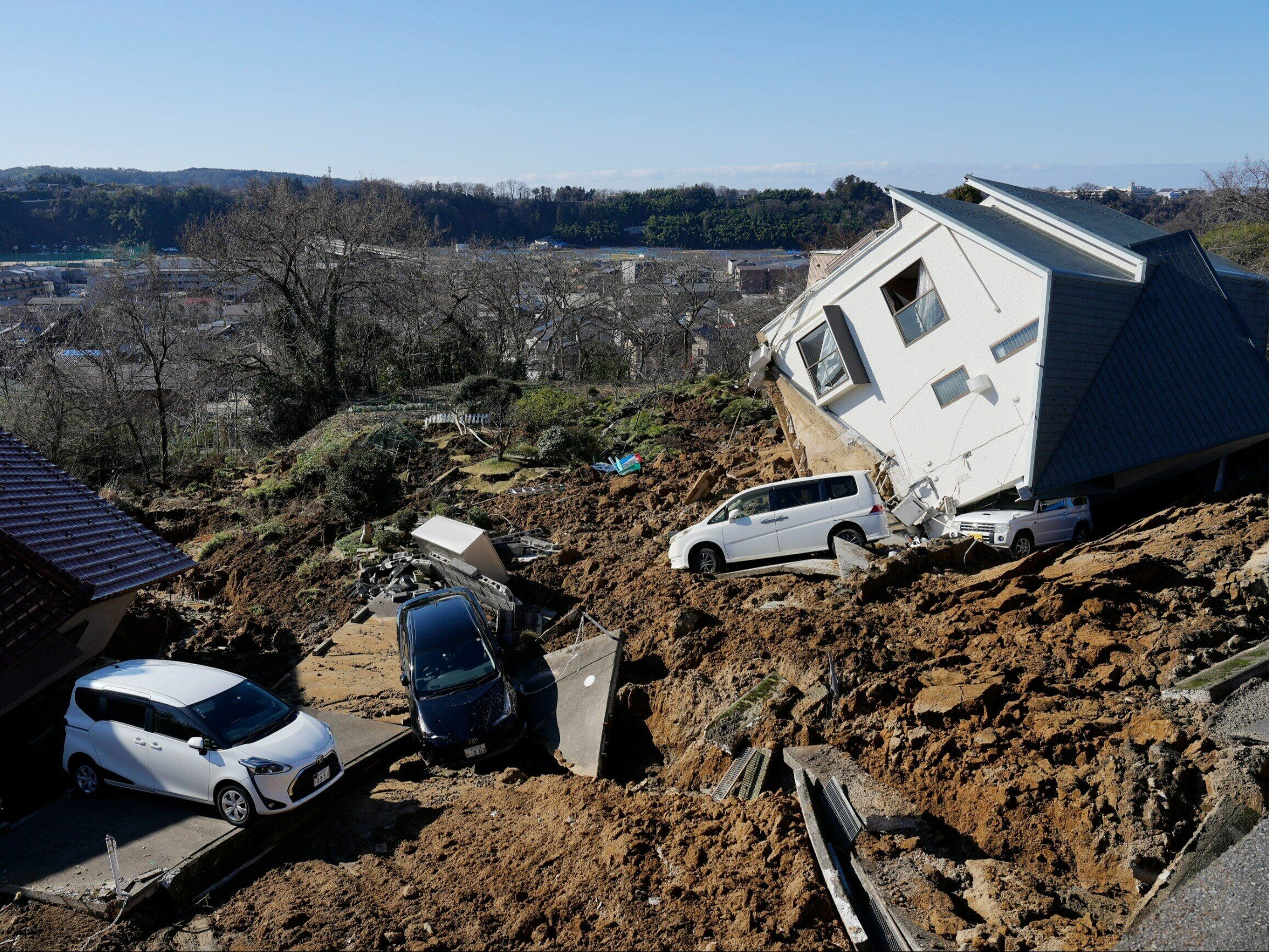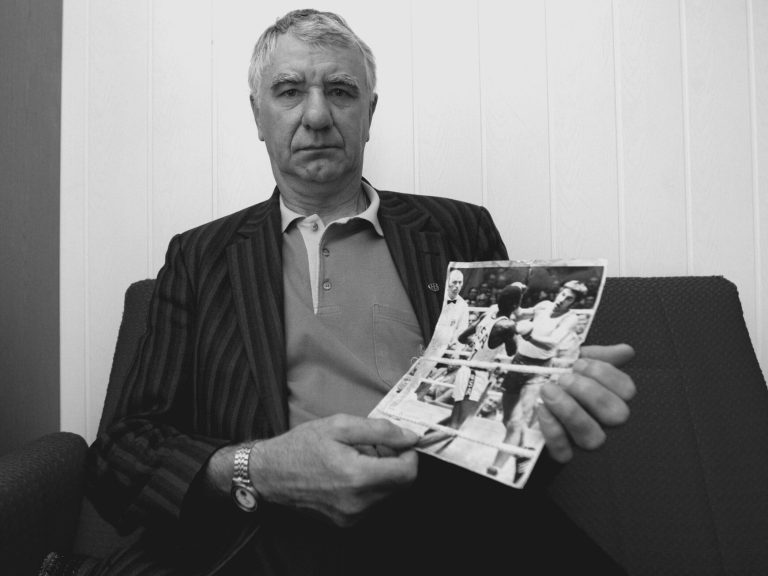Tragic consequences of the earthquake in Japan. At least 30 people are dead, houses, streets and the airport are destroyed

The number of victims of the New Year’s disaster, with a magnitude of 7.6 on the Richter scale, is growing. The Japanese are summing up the losses in cities and warning residents about a possible tsunami.
The earthquake that struck west-central Japan on Monday, January 1, claimed at least 30 lives. Residents have already started counting losses and removing debris. Among other things, the following areas were destroyed: the airport in Noto, many railway lines were severed, and several tens of thousands of people still have no access to electricity. The last disaster of similar strength in Japan occurred in March 2022.
30 people dead
According to the Japan Times, the latest data confirmed the death of at least 30 people. Most of them lost their lives under the rubble of collapsed buildings. Structures were reportedly destroyed in the Niigata, Toyama, Fukui and Gifu regions. The victims include seven people who were in hospital in Wajima during the New Year’s earthquake. The most difficult situation is around the epicenter of the element, which attacked on January 1 at 4:10 p.m. local time on the Noto Peninsula located in Ishikawa Prefecture, less than 10 kilometers from the coast. However, the effects of the earthquake can be seen far south of the center of the attack, including in the city of Kanazawa, where a landslide occurred on the premises of one of the schools. “A seven-story building fell on its side and smoke billowed in the central part of Wajima city,” the report said. Due to the disaster, numerous fires broke out in the region and consumed over two hundred residential houses and public buildings. There could have been many more casualties if the earthquake had hit the area on a different day. On January 1 in Japan, many residents celebrate in their homes, and shops and services remain closed.
Numerous aftershocks and tsunami threat
Aftershocks and debris on the roads hampered evacuation and quick rescue operations. “From the first quake, which occurred around 4:10 p.m. on Monday, to 6:00 a.m. on Tuesday morning, there were more than 129 aftershocks,” reports the Japanese website. Such tremors can occur for days or even weeks after the initial earthquake. Very often, strong quakes mean a possible tsunami attack. Initially, it was predicted that waves up to 5 meters high could hit within the next 24 hours, and a recommendation was issued to evacuate nearly 10,000 people. The warning was temporarily lifted at 10 a.m. on Tuesday. So far, the largest waves, just over one meter high, were recorded in the port of Wajima. The Japan Meteorological Agency is encouraging residents working near the sea to postpone essential duties until a safer time.
Roads, streets and transport in a deplorable condition
The earthquake destroyed the airport located on the Noto Peninsula, where about 500 passengers were stranded during the attack. A riddled runway may put the regional airport out of action for weeks to come. Some flights of the national carrier Japan Airlines and high-speed Shinkansen trains were canceled. “Four trains on the Hokuriku Shinkansen line, which ran between Toyama and Kanazawa stations, were stopped for 11 hours, with a total of 1,400 passengers on board,” reports the Japan Times. Renovation of public roads may take many months. According to the Polish website “Disasters in Poland and in the world”, in some places there was so-called “soil liquefaction”.






